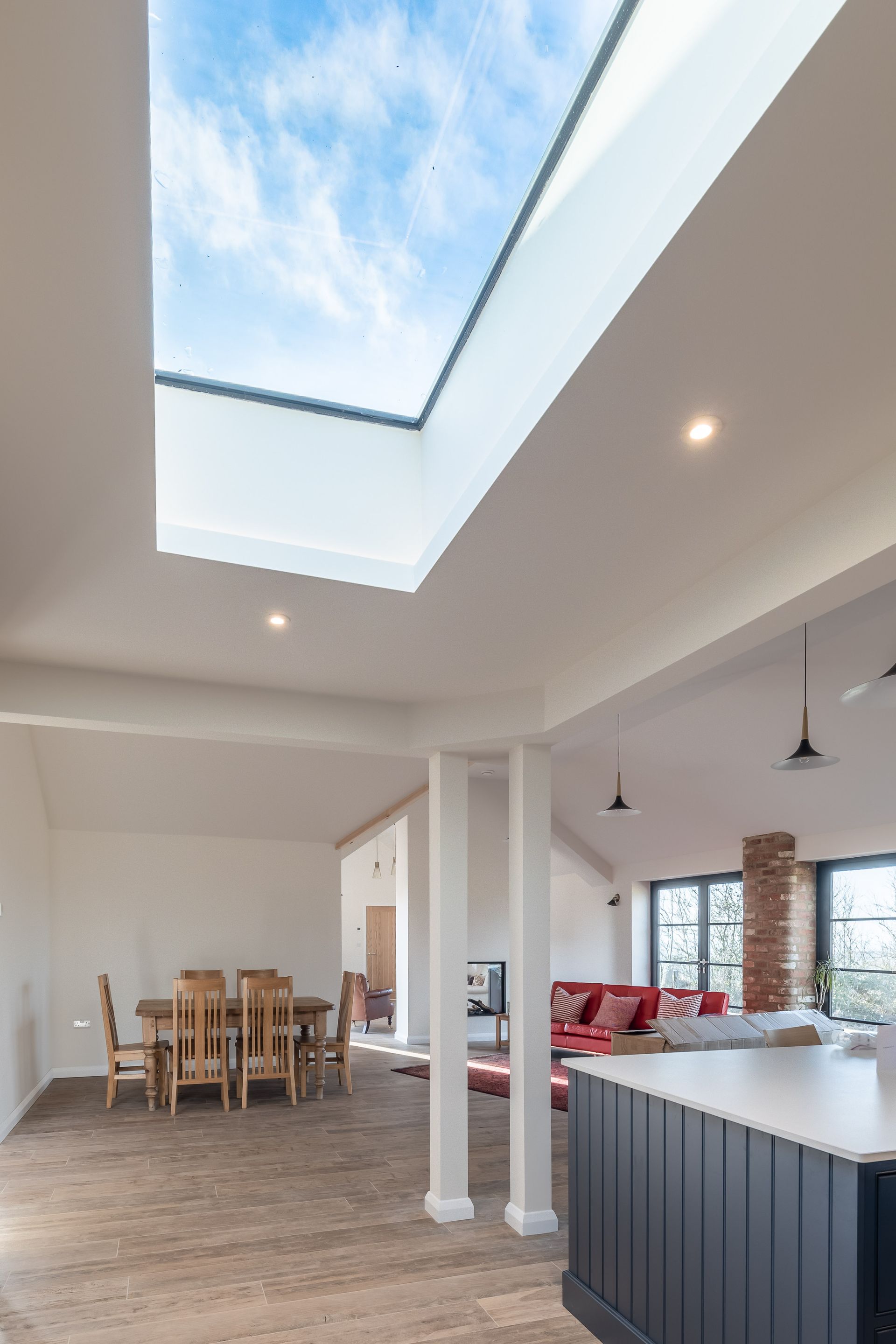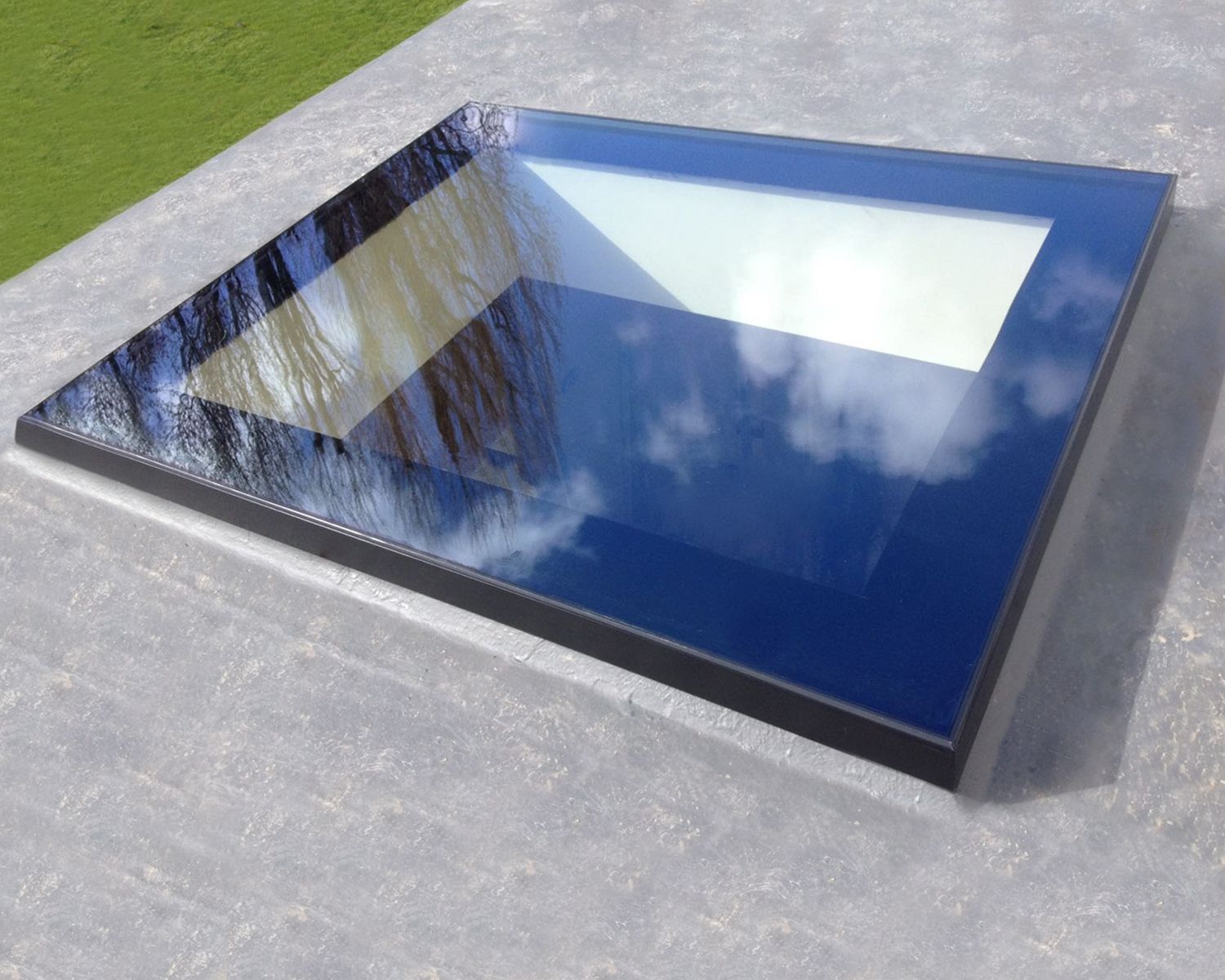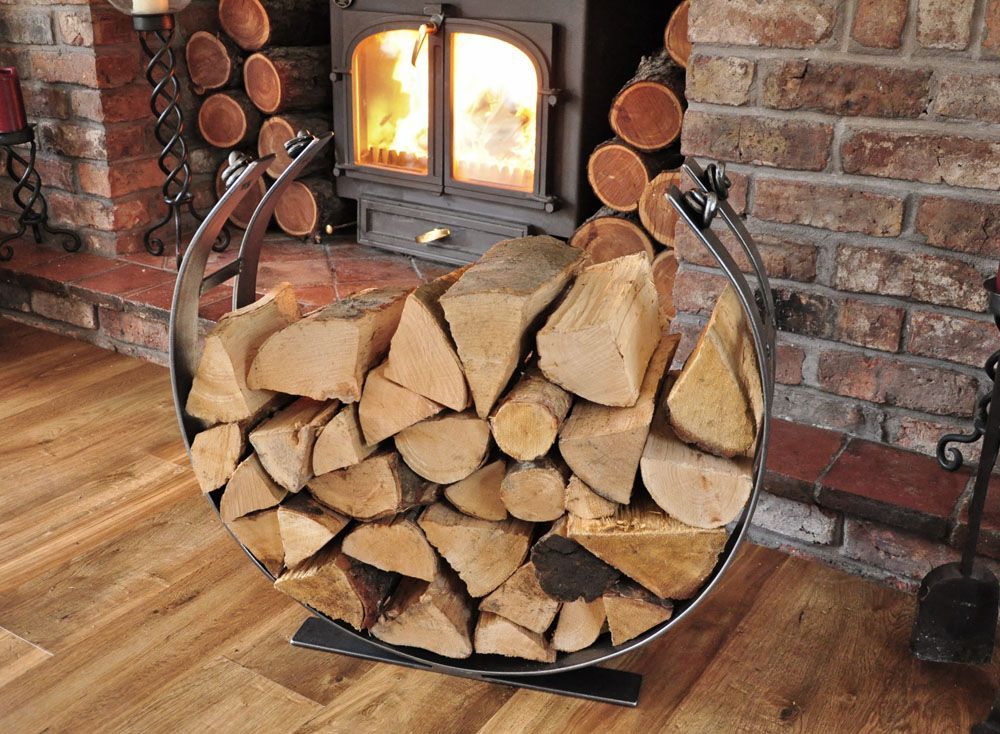Top Tips and Advice on Maintenance and Preservation of Your Cast Iron Rainwater Goods
If you own or manage a historic building; whether that be a listed property or a heritage site, then the chances are its drainage may well be cast-iron in composition. This sturdy and, in its own right, beautiful building material enhances the appearance of any historic building’s exterior, but it’s important that it’s looked after and maintained properly in order to maximise its lifespan. With that in mind, we’ve put together some top tips and advice on how to preserve your cast iron rainwater goods.
1. Regular Cleaning is a Must
The most important aspect of looking after your cast iron rainwater goods is cleaning them regularly. This becomes particularly important around autumn, when leaves shed from trees are more likely to clog up your drains and guttering. It might also be worth purchasing a pot of ‘touch up’ paint for your cast iron gutters, so that you can repaint any patches that may be flaking, and so better protect against corrosion and weathering.
2. Fit a ‘Wire Balloon’
It’s much harder to deal with clogged-up downpipes than it is horizontal guttering, and as with so many things in life, prevention is better (and easier) than cure. What you can do, therefore, is insert what’s called a ‘wire balloon’ at the inflow to your downpipe which catches leaves and other detritus before they enter the downpipe, thus preventing clogging and making cleaning much easier. Inexpensive and effective, these are one of the best investments owners of historic properties can make in keeping their drainage in good working order.
3. Repair or Replace?
If you can, repairing cast iron pipes is preferable to replacing them. That way, the building’s heritage can be preserved and continued as fully and responsibly as possible. That’s not always possible, of course, and where replacement is necessary (in the case where a drainage system is damaged beyond repair) then like-for-like materials should be used. PVC pipes, for instance, are entirely out of keeping with most historic buildings, and will thus detract from a property’s heritage and overall ‘historic fabric’.
4. Check for Leaks after Heavy Rain
If ever there’s a period of heavy rain, then it’s worth checking your guttering for signs of leakage; these, if small, can usually be patched up with cast iron repair paste, or an epoxy resin/sealant of some kind. If the leak is more substantial, then it’s worth getting a professional plumber in to assess it for themselves.
Final Thoughts…
If you’re lucky enough to live in (or manage) a historic property, then make sure you take care of those cast iron gutters, they’re important! This often-overlooked aspect of a property tends only to ever really get noticed when something goes wrong.
By being more proactive, however, and regularly cleaning and maintaining your gutters and drains, then you can head any problems off at the pass, so to speak. For more information, get in touch with Metal and Glass by calling us on 01752 917497. We look forward to hearing from you.






